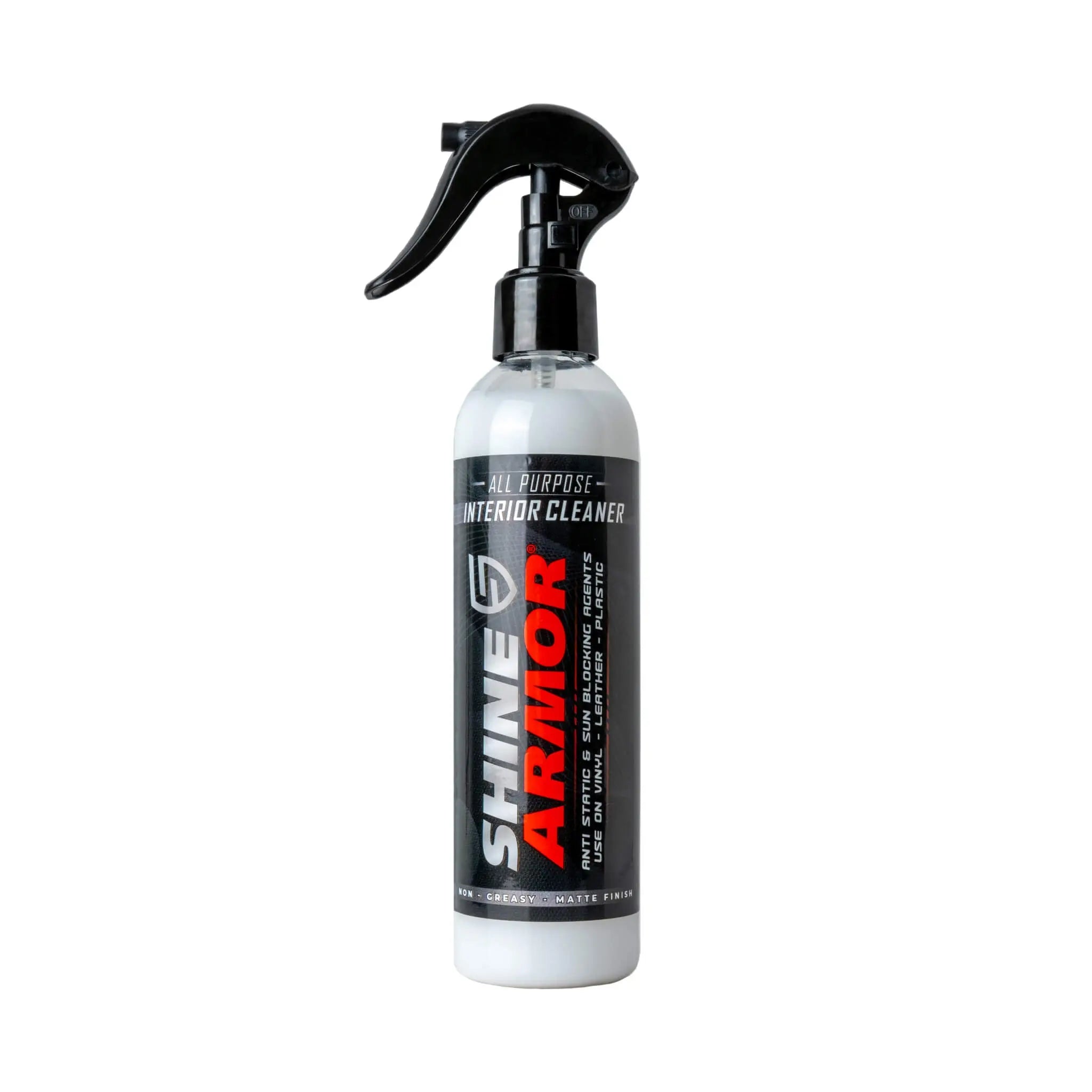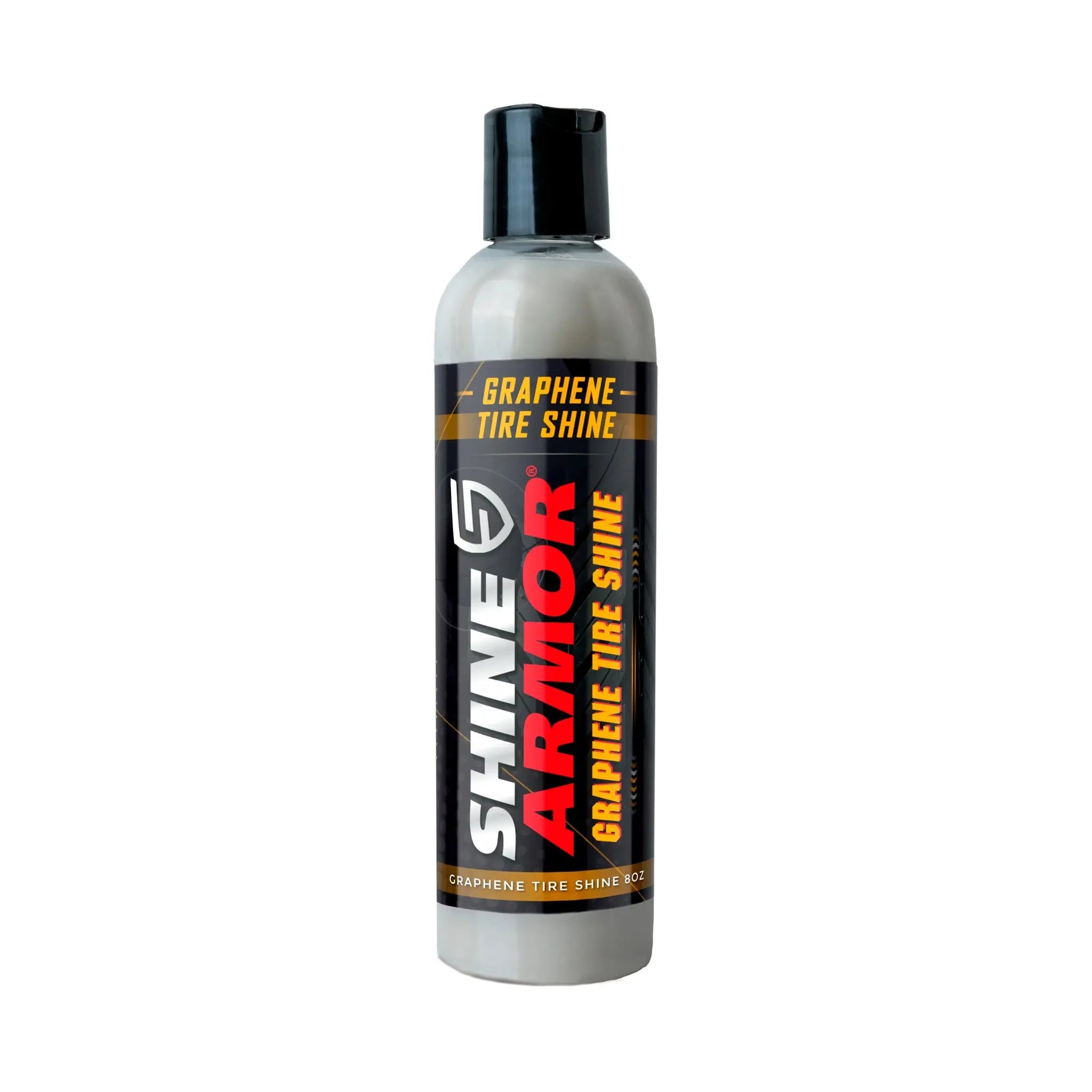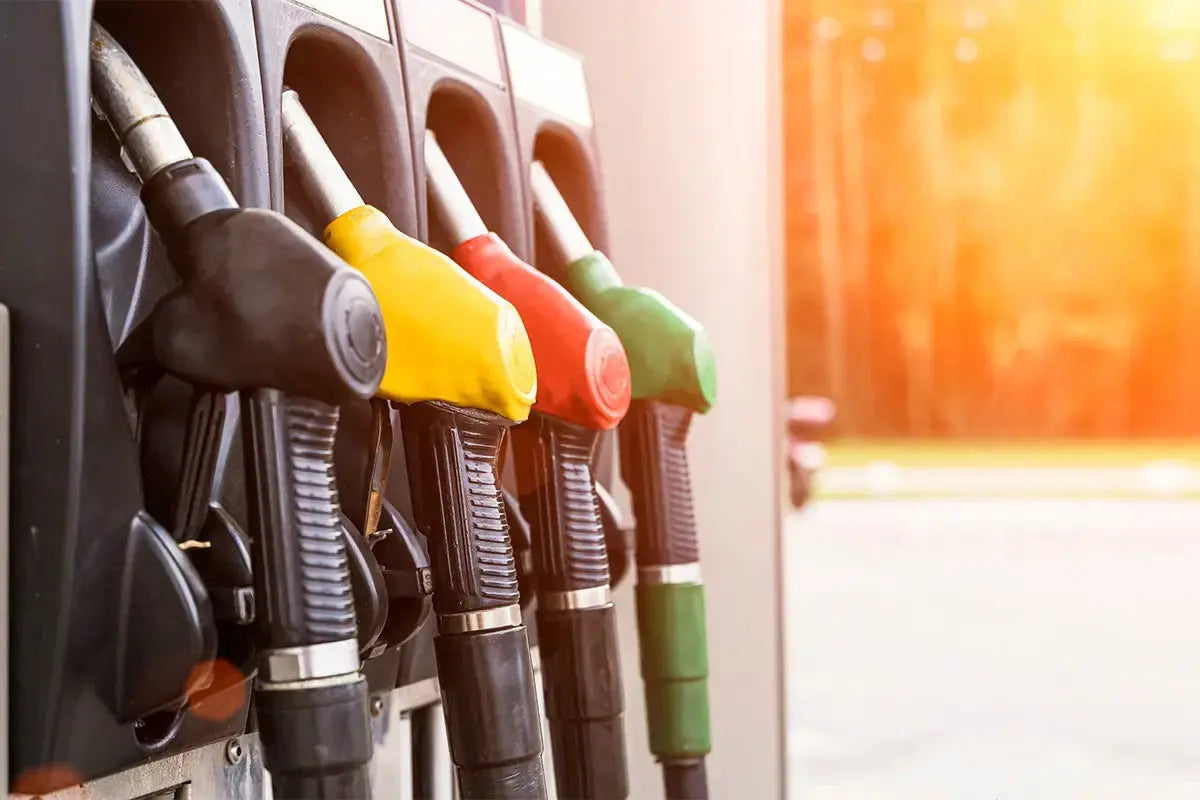
When it comes to maintaining your vehicle’s brake, using brake cleaner is an essential part of the process. Brake cleaner helps remove dust, grime, and brake pad residue, ensuring your brakes function efficiently. However, many car owners wonder if it’s possible to use brake cleaner without removing the tire. In this article, we will guide you through the steps of using brake cleaner effectively without the need to take off the tire. Yes, you heard it right, no more sweaty struggles under the car! Read on to learn more in this article of shine armor blog!
Why Use Brake Cleaner?
Brake cleaner is a powerful solvent specifically designed to remove stubborn brake dust, grease, oil, and other contaminants from your brake rotor, calipers, and brake pads. Over time, debris and contaminants can accumulate on car components, leading to potential problems like car screeching, decreased stopping power, and premature wear.
Brake cleaner comes in the form of an aerosol spray, which easily targets and dissolves any impurities. Plus, its fast-evaporating nature leaves no trace or residue, making it an indispensable tool for automotive maintenance.
Using brake cleaner regularly helps keep your brakes in top-notch condition to ensure a safe and reliable driving experience.
Safety Precautions
Before starting any work on your vehicle, it’s important to prioritize safety. Here are some essential safety precautions to keep in mind:
Work in a Well-Ventilated Area
Brake cleaners emit fumes that can be harmful when inhaled. Always work in a well-ventilated area, preferably outdoors or in a garage with the doors open.
Wear Protective Gear
Use safety goggles, gloves, and a face mask to protect yourself from any splashes or fumes.
Step-by-Step Guide to Using Brake Cleaner Without Removing the Tire
Let’s walk through the step-by-step process of cleaning your brakes without the hassle of tire removal.
Gather the Necessary Supplies
First things first, gather all the supplies you’ll need for this job. Apart from the brake cleaner, make sure you have, gloves, safety glasses, and a clean cloth or towel. Safety should be a priority, so put on those gloves and safety goggles before proceeding.
Set up Your Workplace
Park your vehicle on a level surface using a parking brake to keep it stable and steady while cleaning.
Test the Spray
Before spraying directly to the component, test the brake cleaner’s nozzle by going for 1-2 blank sprays on the ground. If it sprays properly, continue with the cleaning process.
Use the Brake Cleaner
Spray brake cleaner generously onto and around the areas you wish to clean like the brake disks, calipers, and pads. Using the brake cleaner with the dispenser straw attachment helps you easily get access to the brake system. Allow the cleaner to penetrate the grime and dust.
Wipe Off Residue
Once the brake cleaner has done its job, use a high-pressure water jet to remove any debris. If you don’t have one, taking a lint-free cloth to wipe off the dissolved residue will also do the work. Be thorough but gentle to avoid damaging any components. Repeat the cleaning process, if you still find dirt on the component.
Dry the Components
Let the chemicals from the cleaner dry in an open area before moving the car. You may use an air blower to make the drying process faster.
Related car detailing products:
Using Brake Cleaners Q&A
Q: Can I use any brake cleaner on my vehicle?
A: No, it’s essential to choose a brake cleaner that is safe for use on your specific vehicle’s brake components. Some cleaners may damage rubber or plastic parts, so always check the label for compatibility.
Q: How often should I clean my brakes with brake cleaner?
A: It depends on your habits and the environment in which you drive. If you always drive in a muddy or dusty area you may need to clean as often. But generally, it's good to inspect and clean your brakes at least every six months.
Q: Is brake cleaner flammable?
A: Yes, most brake cleaners are highly flammable. Always read the label. It’s also crucial to store and use brake cleaners away from any open flames or sparks.
Q: Can I use brake cleaner on painted surfaces?
A: Brake cleaners are not safe for use on painted surfaces, as they can damage the paint. Be cautious when spraying brake cleaners around areas with paint.
Q: Can I use water instead of brake cleaner?
A: Using water is not as effective as using brake cleaner in removing dust, grime, and other residue. Brake cleaner is specifically formulated to dissolve such contaminants and is a more suitable option.
Takeaway
Using break cleaner without removing the tire is a practical and effective way to maintain your vehicle’s brakes. Keep your brakes clean and functioning properly by following the steps above. Regular brake maintenance is essential for your safety and the longevity of your vehicle. Happy driving!









